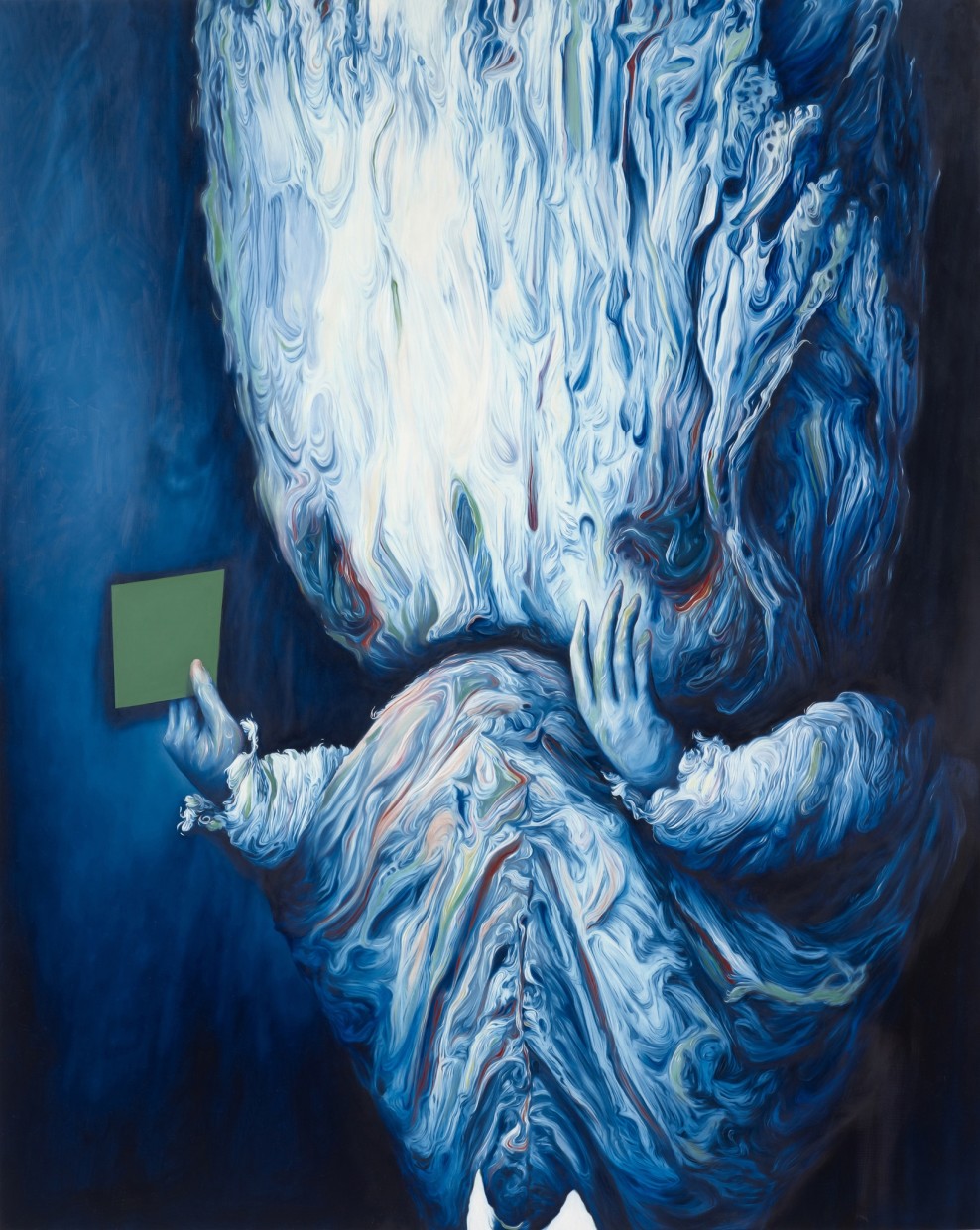Glenn Brown (survey): Des Moines Art Center, Iowa
There have been numerous comparisons made between the work of Glenn Brown and the British figurative painter Francis Bacon (1909-1992) whose bold, grotesque, emotionally-charged paintings continue to haunt the history of art. Often working with recurring subjects in serial manner, Bacon probed dark places of the human condition via paintings of distorted figures isolated in open space or ominous cages. One of his most iconic works remains a 1953 Study after Velázquez's Portrait of Pope Innocent X, in which he transforms revered Spanish painter Diego Velázquez’s (1599-1642) original 1650 portrait into a screaming specter. What is more, a reproduction of Bacon’s tortured appropriation / mutation is now presented alongside the Velázquez original in Rome – engendering an odd synergy of mutual popularization. In The Great Queen Spider Brown joins this pan-historical dialogue in an unexpected manner, choosing to model his rendition of Pope Innocent X after Velázquez’s portrait rather than Bacon’s. Yet in so doing, he turns the Pope upside down, crops out his head, removes his stately chair and replaces Innocent X’s handful of white papers with a monochrome green panel. In the ensuing metamorphosis, the suggestion of a monstrous face begins to emerge in the figure’s mid-section – indirectly evoking Innocent X’s reputation as a tyrannical pontiff. The idea of a creature within is given further ground by Brown’s choice of title for this work, drawing upon a 2002 South Park episode, Red Hot Catholic Love, and its heretical suggestion that the Catholic Church is run by a race of giant mutant spiders bent on enforcing tradition.
– Steven Matijcio, Curator, Contemporary Arts Center, Cincinnati, USA
